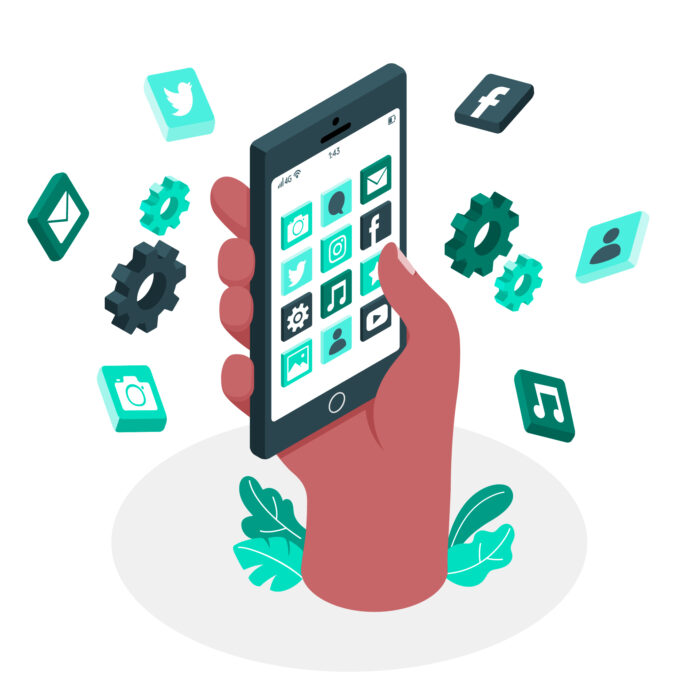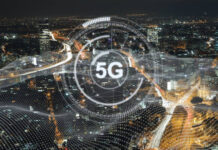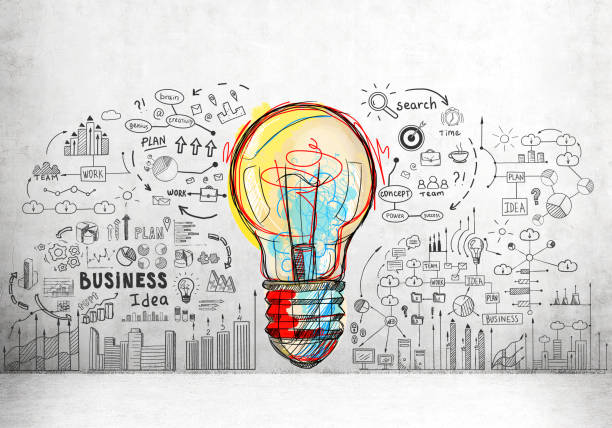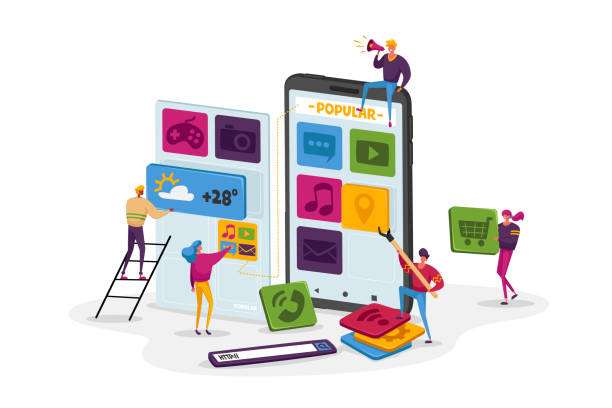The advent of technologies has brought us to a cusp of innovation and creativity, opening a spectrum of emerging technologies.
Today customers look for improved transfer speeds, impeccable performance, a wider area coverage, and longer battery life.
And here we are specifically mentioning IoT fueling transportation innovation that would hinge upon access to connectivity.
With this technology, it paves a path for seaports, container terminals, airports, railways, logistic hubs, and warehouses to help drive their digital transformation initiatives.
Indeed, there is a significant impact made by IoT and going to bring a charismatic experience in the Future of Transportation sector.
It has spluttered into a reality and in the future would continue to move through the gears and will completely transform the way we travel.
Here are few use cases of IoT apps in transportation that must be taken into consideration:
Traffic Management
Traffic gets on the nerves of travellers and easing down the woes of congestion with utmost safety is one of the most demanding needs.
Here IoT brings relief which enables Smart Traffic Management Systems (STMS) and ensures seamless traffic flow reducing traffic congestion and pollution.
This type of system is increasingly helpful in emergency response situations and allows critical vehicles to pass through.
On the other hand, IoT solutions help extensively for fleet management while optimizing routes and resources.
Monitoring & Management
As we all know urban population is mushrooming at a rapid rate, wherein traffic is becoming a concern that needs to be addressed without any fail.
In such a tumultuous environment IoT extends a helping hand and brings practical solutions into practice.
Using a smart Public Transport Management System (TMS) with IoT devices ensures improving transportation and logistics safety and efficiency.
Such devices collect data from IoT sensors and share it across the cloud server in real time, consequently, it allows companies to monitor status and suggest the best route.
EV Charging
The increase of EV is prominent across the globe, reducing the fuel consumption and saving on pollution.
However, despite being popular, EV charging stations are facing a dearth in existence and offering availability status.
Leveraging IoT technologies it becomes easier to manage EV charging stations with real-time updates on charger status.
Also, it allows station supervisors to monitor and supervise remotely using IoT technology.
With IoT sensors traffic management can be handled seamlessly while reducing a strain on the power grid.
On the flip side, IoT enabled technology can monitor power grids health and address any issues that are likely to erupt in advance.
Automatic Billing
To err is human and it is very likely to experience mistakes and delays while billing.
This hassle has found an answer with the real-time data provided by IoT solutions.
These solutions not just optimize utilization but also gather the information around improvement, enabling seamless management for the transportation and logistics sector.
With these solutions, EV stations can also notify customers once the vehicle discharges and make the automatic billing with transparency.
Minimize Downtime of Power Grids
The energy usage meeting the demand is a moot point, considering the burgeoning needs of users.
In such a scenario, it becomes imperative for the grid owners to manage the assets effectively.
IoT technology once again becomes a saviour and helps in tracking energy usage and demand patterns.
This allows station operators to identify areas for improvement and manage assets more effectively.
They can assess equipment health and power usage, and as a result, can minimize downtime and improve efficiency.
Railway Communication
Railways are the lifeline of connectivity in and around the cities, and deal with immense pressure from 360 degree.
The integration of IoT in railways has brought a significant change in the transportation industry.
Leveraging the Positive Train Control (PTC) an IoT powered system ensures traffic management turns seamless in railways.
This system includes IoT sensors and IoT devices which are integrated within the trains, tracks, and stations.
It traverses vital information such as train location, dimensions, and system health to a central control unit.
As a result, the disastrous train-to-train collisions and over-speed derailments are prevented while ensuring safety of workers and passengers alike.
Smart Cities
Smart cities are the future and it is expected that by 2030 the world’s 80% population will move to urban structure.
To handle such a boom in urban infrastructure, it becomes a challenge for the authorities to support the smart cities concepts with the latest technological solutions, and one of the most discussed challenges is traffic.
Yes, when you Hire android app developers, the advent of technologies makes it possible to manage the transport system with IoT powered solutions.
Transportation’s future is supported by the interconnected infrastructure enabled by IoT including modern traffic management systems, road sensors, and smart traffic signals.
Such integration will result in an effective and secure transportation network where lessen traffic congestion and lower carbon emissions will be the primary goals.
Future of IoT in transportation industry
It is evident that in the past few years technology has revolutionised the way we access services, and the transportation sector is no exception to it.
The technological transformation has enabled fleet management, grid management, railways system, and other processes to become extremely easy.
And IoT has a huge role to play in this transformation ecosystem.
Using IoT techniques, the transportation sector has incorporated advanced solutions into their operations, by combining it with geospatial technology.
These solutions power real-time location monitoring and management improving efficiency.
These technologies are at the stage of advancing further, and will continue supporting the innovation while optimising the operational efficiencies of the transportation system.
It can be concluded that the future of this sector is already being redefined, and the future is promising enough to build an efficient, sustainable, and connected infrastructure for all.
Food for thought
Indeed, technology has proven to be a boon for the transportation industry.
Although technology on transport systems is still young, and with the advanced connectivity solutions, it will experience a growth spurt.
Futuristic transportation indeed relies heavily on data, and IoT is the solution here to boost passengers’ experience with innovative solutions.
It goes without saying, but integration of IoT app development services in the transportation sector is a game-changer.
A pocket friendly app solution powered by IoT contributes to the digital age while ensuring safer, more efficient, and streamlined transport operations.
Author Bio:















